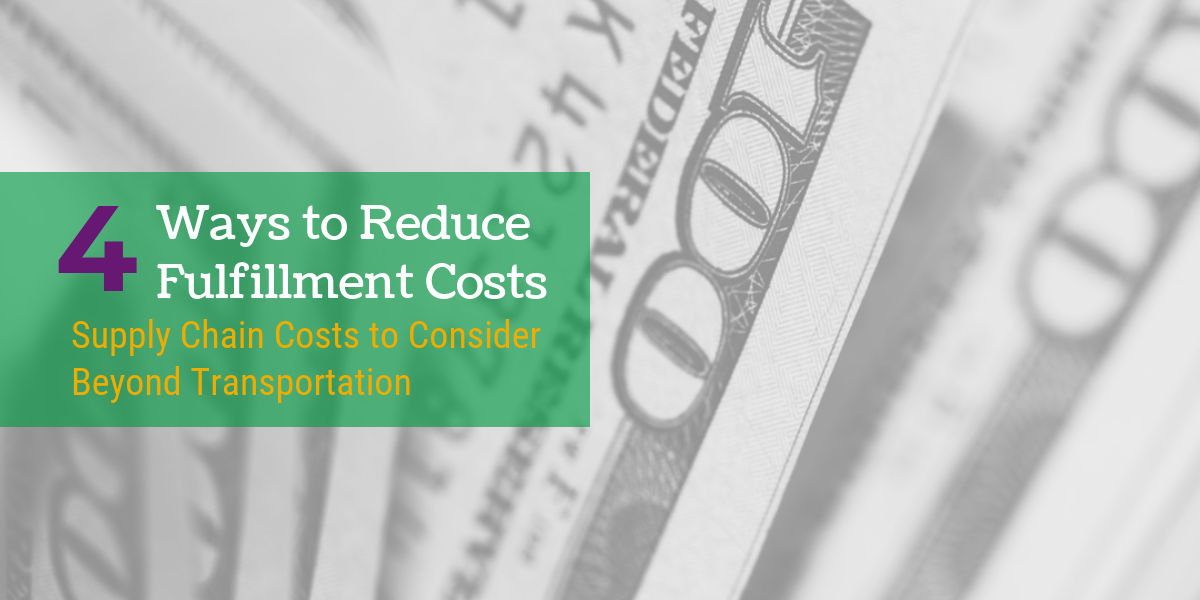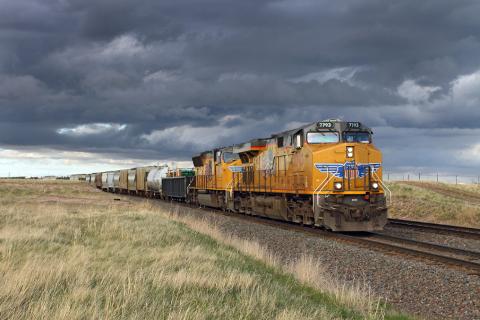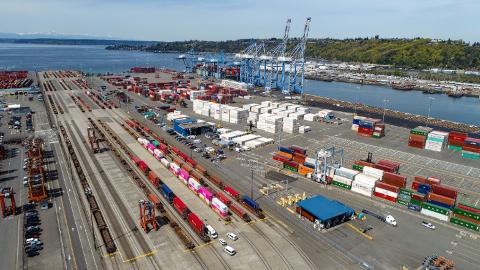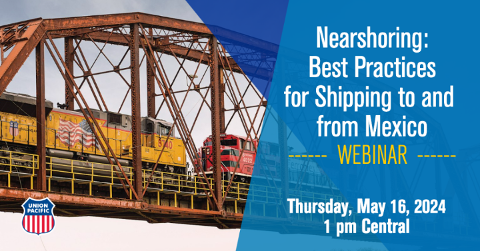Do you have a goal to reduce your annual supply chain fulfillment costs? Lots of people do, and lots of those people look to transportation as a way to do it. It’s true that transportation of your finished product is part of the equation, but it’s not the only expense — and the others provide some genuine opportunities to save. Let’s look at some of those expenses beyond transportation that can help you achieve your cost cutting goals.
1. Focus on Forecasting
Do you thoroughly and accurately plan for the ebbs and flows in your industry, and meter your production accordingly? Do you reassess that plan throughout the year and create backup plans based on all the possible shifts that could occur? If not, you may be overproducing, and there’s a real cost associated with that: think wasted warehouse space, excess inventory on the books, and more. Of course, under-production comes with an equally high risk, including loss of market share and increased costs for expedited shipping. Proper forecasting can help you avoid both. How do you do that? In today’s world, technology can assist with forecasting models that drive accurate production levels and reduce the costs associated with over- and under-production. In other words, a focus on forecasting pays off.
2. Close Technology Gaps
Do you have a seamless technology environment? If not, you may be missing out on cost savings related to the productivity and efficiency gains that come with integration. If your team toggles between provider systems to track freight, or handles order bookings in one system, then must pivot to another system to track the same field of shipments, there’s a real enterprise cost to those gaps and added clicks throughout the day. Additionally, without a sound technology platform, your business may have a harder time responding quickly to industry disruptions and making a logistics game plan for when they happen. That can quickly add cost.
3. Consider Inbound Shipping Costs
How much does it cost to ship the materials required to produce your end product? Do you pay your supplier to arrange the transportation? If so, they may not have your best interests in mind when it comes to economical transportation of your inbound products, and you could be paying higher freight costs than necessary. Perhaps your supplier will consider other options — or perhaps it’s more economical to arrange the freight yourself.
On the other hand, if you already handle inbound shipping, do you use the same provider as you do for outbound shipping? Or do you use Provider A for inbound and Provider B for outbound? And do you use the same provider at different locations? It’s common for enterprises to separate functions of transportation, similar to how Finance separates accounts payable and accounts receivable. Unfortunately, that limits visibility to redundancy in transportation spend. Creating a unified plan across functions and locations can simplify complexity, cut administrative time, reduce the risk of supply chain failures and may yield better pricing. That all translates to reduced costs.
4. Ditch the “We’ve Always Done it this Way” Mentality
Have you fully vetted and leveraged all of the modes of transportation available to your business? For instance, have you always shipped via truck? That probably means there are at least two or three (rail, air, combination) solutions that can provide the same level of service to your business but possibly at a lower cost. Think of it this way: When you book a flight, do you go straight to the airline’s website and purchase whatever price is listed? Or do you visit a site like Priceline or Expedia to compare multiple providers and find the best deal? If you’re not evaluating providers and modes, chances are you’re over spending. Diversifying your supply chain portfolio with multi-modal options can help you save.
Want to Learn More?
Drop us a line and we can connect you with transportation and logistics professionals who can help you find ways to lower your supply chain fulfillment costs.
Related Articles:
- So You Have to Cut Transportation Costs. What Do You Do Now?
- Intermodal vs. Transloading
- Three Ways to Connect With Rail -- And How to Make Them Happen
- Rail 101 FAQs
- Transloading Decoded










